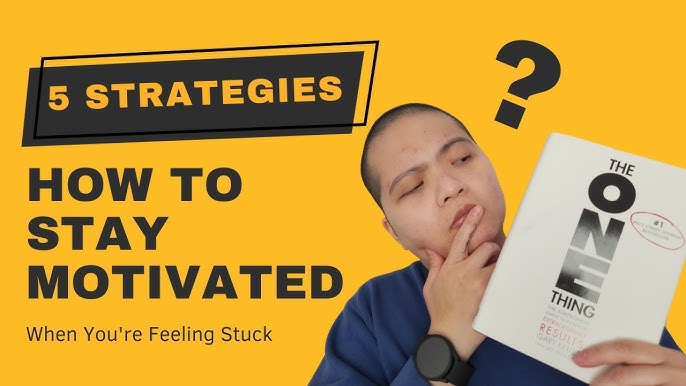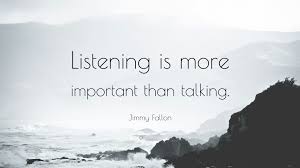Many people desire a flat tummy for health, fitness, or confidence reasons. While there are no instant results, a combination of healthy eating, regular exercise, and lifestyle changes can help you achieve and maintain a slimmer waistline.
1. Eat a Balanced Diet
•Reduce processed foods and sugar – sodas, fried foods, and sweets add belly fat.
•Eat more fiber-rich foods like oats, beans, fruits, and vegetables to improve digestion.
•Choose lean proteins (fish, chicken, eggs, tofu) to keep you full longer.
•Drink plenty of water to reduce bloating and flush toxins.
2. Control Portions
•Eat smaller meals throughout the day instead of large heavy meals.
•Avoid late-night overeating.
•Practice mindful eating eat slowly and stop when you’re full.
3. Do Core and Cardio Exercises
•Cardio workouts (walking, jogging, cycling, dancing) burn overall fat.
•Core exercises like planks, crunches, leg raises, and bicycle kicks tone abdominal muscles.
•Combine both for best results.
4. Reduce Bloating
•Limit salty foods that cause water retention.
•Avoid excessive carbonated drinks that create gas.
•Add natural bloating remedies like ginger, peppermint tea, or lemon water.
5. Get Enough Sleep
•Lack of sleep increases hunger hormones, leading to weight gain.
•Aim for 7–9 hours of quality sleep each night.
6. Manage Stress
•High stress raises cortisol, a hormone linked to belly fat.
•Try stress-relieving activities like meditation, yoga, or light exercise.
7. Stay Consistent
•Results don’t happen overnight.
•Stick to healthy habits and make gradual lifestyle changes for lasting results.
Final Thought
A flat tummy is the result of healthy eating, regular exercise, and balanced living. Focus on progress, not perfection, and celebrate small wins along the way.









